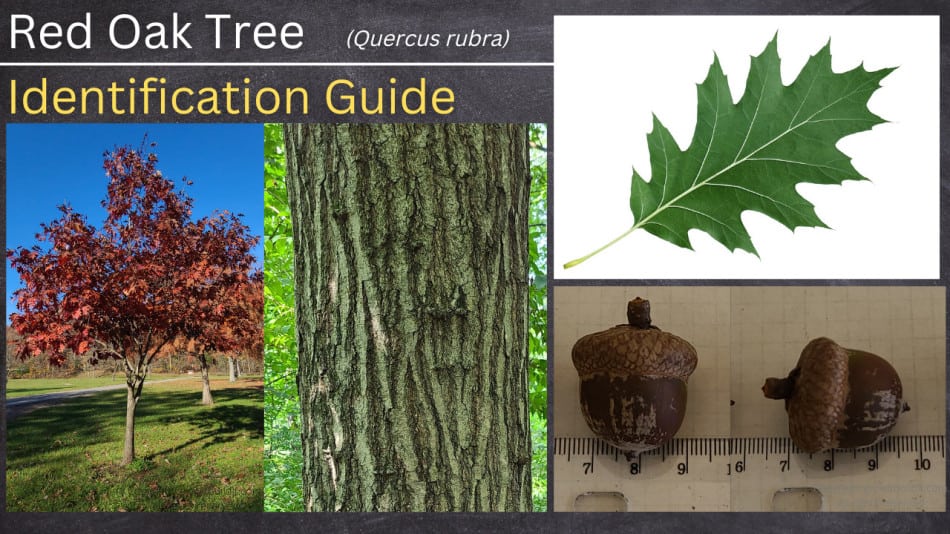Red oak is one of the most popular hardwoods in North America and is used for a wide variety of applications, This versatile wood has an attractive grain pattern and reddish-brown color that makes it suitable for many interior design projects Here is an overview of the common uses of red oak lumber and why it has become a fixture in woodworking
An Overview of Red Oak
Red oak (Quercus rubra) is one of the most abundant hardwood species in North America. It grows mostly in the eastern United States and southeast Canada. Red oak has a distinctive reddish-brown heartwood with a straight grain pattern. It is classified as a ring-porous hardwood, which refers to the large earlywood pores in each growth ring.
Some of the desirable properties of red oak include
-
Hardness and strength – Red oak has good hardness and shock resistance, rating 1290 on the Janka hardness scale. This makes it suitable for high-traffic areas
-
Stability – The wood has moderate shrinkage and is considered stable after drying. This minimizes warping and checking.
-
Workability – Red oak machines well and can be sanded to a smooth finish. It also holds nails and screws securely.
-
Durability – The heartwood has good resistance to decay and insects, although it is susceptible to oak wilt.
-
Stain acceptance – Red oak readily accepts different types of stains, allowing for color customization.
These attributes make red oak one of the preferred domestic hardwoods for cabinetry, flooring, furniture, millwork, and other applications. It works well for both residential and commercial uses.
Common Uses of Red Oak
Flooring
Red oak is the most popular species for hardwood flooring in North America. It accounts for about 75% of the oak flooring sold. Red oak flooring provides a classic, elegant look combined with durability. Grades range from rustic with pronounced wood grain to near-flawless select cuts.
Engineered red oak floors consist of a plywood core topped by a red oak veneer. This makes the flooring more dimensionally stable since the wood layers counteract each other. Engineered floors can be installed on concrete slabs.
Furniture
The fine grain and attractive appearance of red oak make it a furniture-grade wood. It is commonly used for living room, bedroom, and dining room sets. Red oak works well for framed cabinetry, upholstered pieces, and any application that doesn’t require exotic imported woods.
Quarter-sawn red oak highlights the flake patterns for a distinctive look. Fumed red oak undergoes ammonia fuming to create darker tones. Distressed oak introduces artificial wear marks and small dents that give the wood an antique appearance.
Kitchen Cabinets
Kitchen cabinets represent one of the major uses for red oak in the United States. Red oak has an upscale look at an affordable price point compared to other hardwoods. The wood’s stability and durability help it withstand heat, spills, and regular use.
Red oak cabinets offer flexibility in design too. The wood can be stained, painted, fumed, or finished naturally. Red oak pairs nicely with stained cabinets, painted islands, quartz countertops, and stainless steel appliances for a stylish kitchen.
Molding and Trim
Interior trim helps tie a room together. Red oak is an economical option for crown molding, baseboards, door/window casing, wainscoting, and other detail work. Its grain patterns add natural beauty to any space.
Red oak molding offers design flexibility too. The wood can be stained to match or contrast the wall color. Or leave it natural for a light, airy look. Use red oak to complement more expensive accent woods.
Outdoor Furniture
While less rot-resistant than teak or cedar, red oak performs adequately outdoors when properly finished and maintained. It is most often used for adirondack chairs, picnic tables, benches, and other heavy outdoor pieces. Red oak’s hardness makes it more comfortable than softer woods like pine.
Look for thermally-modified red oak for exterior use. The torrefaction process improves the wood’s weather resistance. Spar urethanes formulated for outdoor use help protect red oak outside.

They’re both oak – why does it matter?
Pennsylvania is well known for growing and distributing high quality hardwoods, particularly Pennsylvania Black Cherry, known for its rich color and beautiful appearance. But the kings of trim and timber are red and white oak. Those local to the region will recognize immediately that red oak is by far the most common natural hardwood used for trim grade products. From baseboards to door casing, even to church pews, red oak is such a common sight on interior work that the average person might not even notice its presence.
White oak however, is not nearly as common indoors. Instead, it is typically seen as an outdoor product – excellent for barn structures, entryway thresholds and framing. Its incredible strength, durability and moisture resistance make it well suited for cases where longevity is key. in fact, the framing of the Notre Dame cathedral are made from a very similar material.
The important difference between RED and WHITE Oak
FAQ
What is red oak most commonly used for?
Red oak is hard and heavy, with medium-bending strength and stiffness and high-crushing strength. Abundant. It is the most widely used species. Furniture, flooring, architectural millwork and moulding, doors, kitchen cabinets, paneling, and caskets.
What are the disadvantages of red oak wood?
Is red oak expensive wood?
Red oak takes up about one-third of the commercially sold domestic hardwood in the US. It is popular not only for its outstanding qualities but also as one of the most affordable premier hardwoods.
What are the benefits of red oak?
Red oak leaves, stems and acorns provide food for various mammals, including deer, squirrels and black bears.
